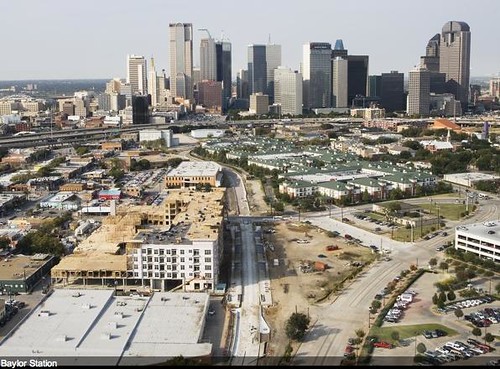Instead of traditional blades, the Windspire is equipped with vertical airfoils. The turbine spins when wind blows against the airfoils. The power is converted to alternating current (AC) electricity which can immediately power a building. The stronger the wind, the more power the Windspire generates.
The Windspire was designed to operate in areas with an average of 10 mph winds. However, they work best when winds are greater than 11 mph. Each Windspire is capable of generating 2,000 kWhs a year in 11 mph annual average winds. It is also capable of withstanding winds up to 105 mph.
Windspire turbines are virtually silent while generating clean, renewable energy. Many communities have established new small wind turbine ordinances. However, some communities still require special use permits. Windspire Energy has a team of experts to help with the permitting process and to design a site plan.
Windspire turbines are currently installed and being utilized at schools, residences, and organic farms. The United States Department of Agriculture (USDA), currently has grants available to help defray the costs , which can be combined with the 30% federal tax credit and local rebates. After credits and rebates it costs around $4000.






